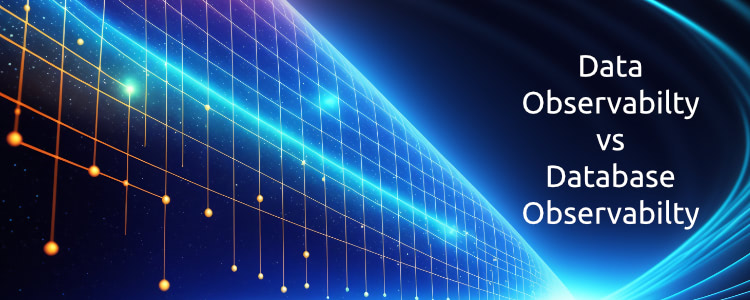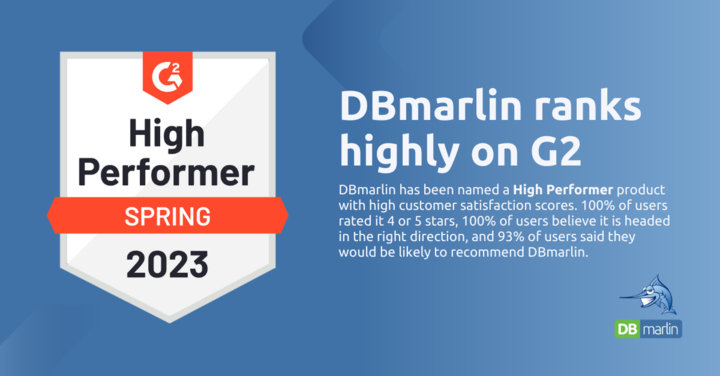Data observability vs Database observability

In this blog we explore what they are and why you need them and clear up any confusion about these similar sounding terms.
Database observability provides visibility into what is happening inside databases. It is a subset of the more widely-known full-stack observability. Full-stack observability tools are often quite light database observability, despite database performance being a very common cause of slow applications and poor end-user experience. DBmarlin would be an example of a database observability solution.
Data observability is an industry term that describes tools that monitors the flow of data through data pipelines. IBM Databand would be an example of a data observability solution.
Main focus areas
The two areas each have their own key pillars:
Data Observability focuses on the data moving through the pipeline :
- Data quality – missing or incorrect values
- Data freshness – has the pipeline stopped somewhere
- Database schema – has a field been added
- Data lineage – upstream and downstream impacts
- Data volumes – is there more or less data than usual
Database Observability focuses on the performance of databases :
- Database throughput – transaction rates and time spent
- Database response time – identify the slowest or top resource consuming statements
- Database contention – show the wait events that the database is blocked on
- Database tuning – Statement, schema or database optimisation
- Database changes – track changes to schema, parameters and execution plans
The need for both kinds of observability
Data observability and database observability are two important concepts that go hand-in-hand. Data pipelines are frequently slowed down by under-performing databases. Whilst data observability tools can tell you when a data pipeline is slowing down, it can’t tell you why the database is slow and how to tune it, which is where database observability comes in.
Observability tools provide real-time monitoring and analysis, allowing organizations to quickly identify and address issues before they become major problems.
In order to ensure the effective functioning of your databases and data pipelines, it is important to have observability in both the data and the database layers.
Ready to try DBmarlin?
If you would like to find out more about DBmarlin and why we think it is special, try one of the links below.
- Get hands-on without an installation at play.dbmarlin.com
- Download DBmarlin from www.dbmarlin.com, with one FREE standard edition license, which is free forever for 1 target database.
- Join our new community at https://community.dbmarlin.com/invitation?code=74020A

